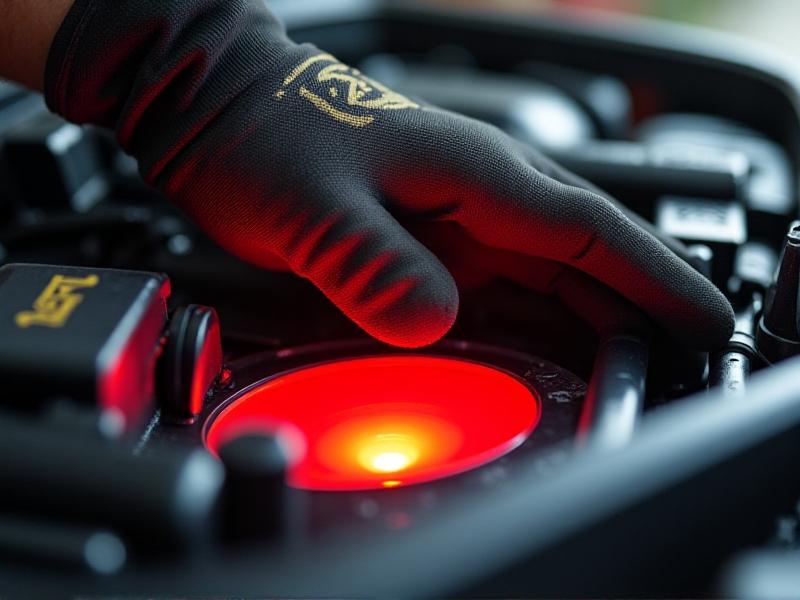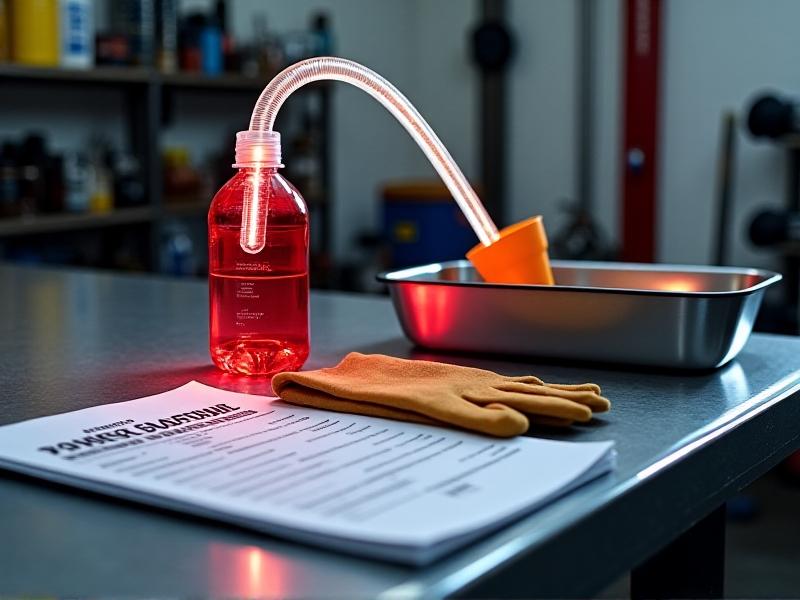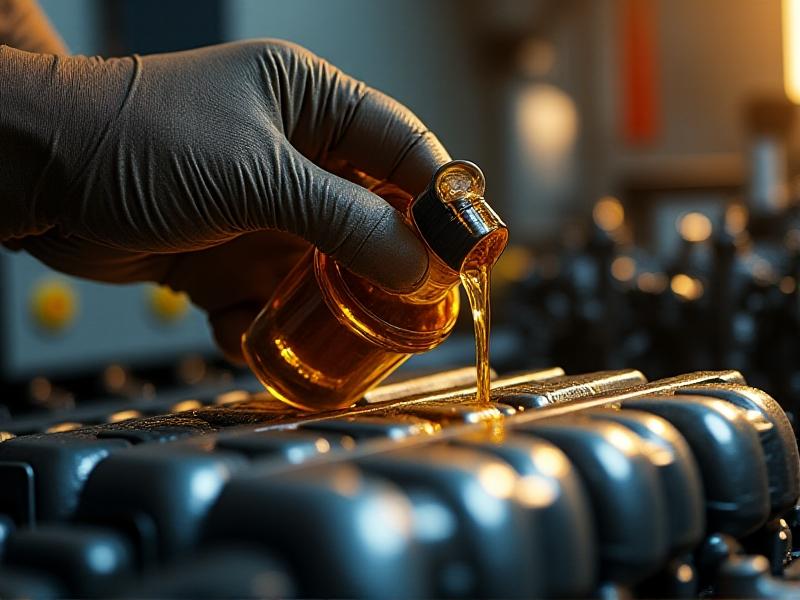```html
The Hidden Role of Power Steering Fluid in Vehicle Performance
Power steering fluid is the lifeblood of your vehicle’s steering system, yet it’s often overlooked until problems arise. This hydraulic fluid transmits pressure within the system, allowing you to turn the wheel with minimal effort. Over time, contaminants like dirt, metal particles, and moisture accumulate, degrading the fluid’s effectiveness. Fresh fluid maintains lubrication, prevents corrosion, and ensures optimal pressure. Ignoring its condition can lead to stiff steering, noisy pumps, and even costly repairs. Understanding its role is the first step toward preserving your car’s handling.

Signs Your Power Steering System Needs a Flush
How do you know when it’s time for a flush? Listen and feel. A whining or groaning noise when turning the wheel signals air or degraded fluid. If steering feels jerky or requires more force, contaminants may be clogging the system. Discolored fluid—brown or black instead of translucent red or amber—is a visual red flag. Leaks around the pump or hoses also demand immediate attention. Addressing these symptoms early prevents wear on seals, pumps, and the steering rack, saving you from expensive replacements down the road.

Step-by-Step Guide to Flushing Your Power Steering System
Flushing the system isn’t just draining old fluid—it’s a thorough cleanse. Start by lifting the front wheels and removing old fluid via the reservoir or return line. Use a turkey baster or syringe for partial drains. Refill with fresh fluid, then turn the wheel lock-to-lock to circulate it. Repeat until the discharged fluid runs clean. For a complete flush, disconnect the return line and cycle fluid while the engine runs. Always consult your vehicle’s manual for specifications, as some systems require special procedures. Proper tools and patience ensure air bubbles are purged, restoring smooth operation.

Common Mistakes to Avoid During a Power Steering Flush
Even seasoned DIYers make errors. Using the wrong fluid type can damage seals—always check compatibility. Overfilling the reservoir causes foam and pressure issues, while underfilling leads to pump failure. Skipping the bleeding process leaves air in the system, resulting in noisy or erratic steering. Forgetting to inspect hoses and connections during the flush misses opportunities to address leaks. Rushing the job often means residual contaminants remain. Take your time, follow guidelines, and double-check each step to avoid these pitfalls.

How Regular Flushes Enhance Steering Responsiveness and Longevity
Consistent maintenance pays dividends. Fresh fluid reduces friction, keeping the pump and rack lubricated. Contaminant-free systems prevent abrasive wear, extending component life. Proper pressure ensures precise steering feedback, crucial for safe handling. Vehicles with regular flushes often avoid the ‘hard steering’ associated with aging systems. This proactive approach also maintains the hydraulic assist’s efficiency, reducing strain on the engine and improving fuel economy. Think of it as a small investment for smoother drives and fewer repair bills.
DIY vs. Professional Flush: Which Is Right for You?
DIY flushes save money but require time and tools. If you’re comfortable with basic mechanics and have a service manual, it’s feasible. However, complex systems—especially in modern cars with electric power steering—may need specialized equipment. Professionals offer expertise and warranties but at a higher cost. Evaluate your skill level, vehicle complexity, and budget. Either way, prioritize quality fluid and thoroughness. Remember: A half-done flush can be worse than none at all.
Troubleshooting Post-Flush Issues: Noises, Leaks, and Stiff Steering
Post-flush problems often trace back to air pockets or incorrect fluid. Whining noises usually indicate trapped air—re-bleed the system. Persistent stiffness suggests incomplete contaminant removal or low fluid. Leaks might emerge from disturbed seals or loose connections. Always recheck hose clamps and reservoir caps. If issues linger, consult a mechanic to rule out pump damage. Document your steps to diagnose faster. A successful flush should leave your steering silent and effortless.
The Future of Power Steering: Synthetic Fluids and Electric Systems
As vehicles evolve, so do steering systems. Electric power steering (EPS) eliminates hydraulic fluid entirely, relying on motors and sensors. However, traditional systems still dominate older models. Synthetic fluids, with superior heat resistance and longevity, are becoming standard. Innovations like variable-assist steering adjust responsiveness based on speed. Staying informed helps you adapt maintenance habits, whether you’re flushing a classic car or prepping for an electric future.



